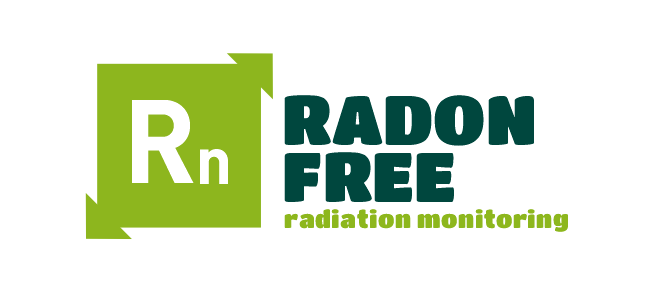A property inspector comments on action items to take to find out if Radon is in our home, school or workplace. Our enclosed spaces should be tested. Not caring is not an option.
SAMPLING
First and foremost, you need to measure your exposure. There are both short term (2 day) and long term (90 day) test kits. Radon varies by day so according to the experts, go for the long term test kit. Professionals recommend that the test be performed between November and February for best results, because in the winter our homes and workplaces tend to have the windows closed. In the summer, with open windows and doors for ventilation, the readings may be lower. However, basements and crawl spaces tend to have stagnant air year-round…and that’s where you will place the sensor.
Interestingly, there have been some studies showing that newer energy efficient homes have higher levels of radon than older houses. This may be due to a combination of issues such as larger square footage (greater collection area) and a more air-tight design (less infiltration). Fresh air can leak into an older home at a rate of 1-2 air exchanges per hour, whereas, a newer home’s air infiltration rate can be 10x less or 0.1-0.2 air exchanges per hour!
According to experts, young children are more susceptible to radiation damage than adults.
WHERE TO MEASURE?
- House with basement or crawlspace
- Daycare
- Elementry School
- High School
WHAT CAN I DO?
- Get your home tested.
- Ask your daycare if they have tested for radon. If not, advocate for it!
- Ask you school board if they test for radon. If not, advocate for it!
HOW TO MITIGATE?
According to contractors who regularly install below-slab depressurization systems to remove radon, the cost of mitigation is $2000 to $5000 to retrofit an existing house of 2000 sf. Doing the installation during a new home build is certainly the way to go as there can be substantial savings.
FUTURE DIRECTIONS
Some real estate boards already have radon as a line item in the disclosure statement. If so, it is usually ignored.
As more consumers become aware of the health risk radon posses, I expect it will be a requirement to provide the radon test results on the disclosure form. It should be treated no different than disclosing the presence of UFFI insulation, asbestos, a buried oil storage tank or the energy rating of a house (which the province of Ontario is now phasing in).

